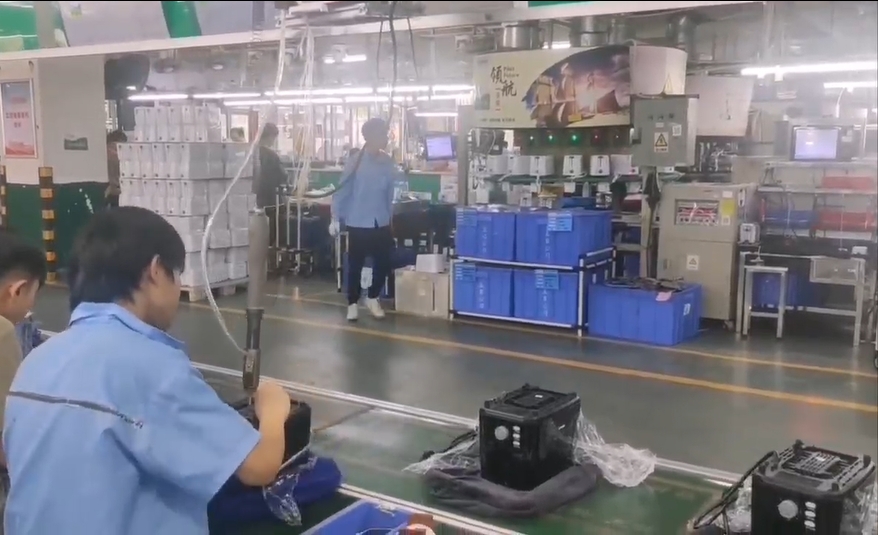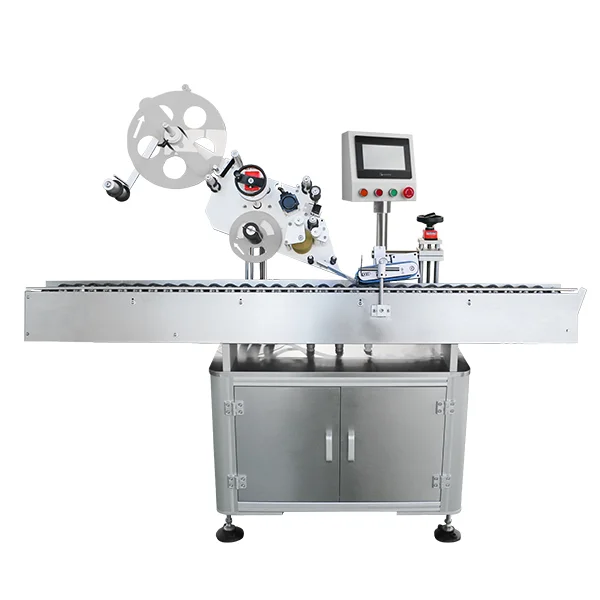When it comes to choosing a printer, one of the most critical factors to consider is the cost of operation. The debate between inkjet and laser printers has been ongoing for years, with each technology boasting its own set of advantages and disadvantages. However, the question that often arises is: What is cheaper to run, an inkjet or a laser printer? In this article, we will delve deep into the operational costs associated with both types of printers, examining not only the initial purchase price but also the long-term expenses related to ink or toner, maintenance, and overall efficiency.
Initial Purchase Price
The first consideration in any printer purchase is the initial cost. Generally, inkjet printers are less expensive upfront, often available for under $100. This affordability makes them an attractive option for home users or small businesses with limited budgets. On the other hand, laser printers tend to have a higher initial price point, often starting around $150 and going up significantly for high-end models. However, this initial investment can be misleading when evaluating long-term costs.
Cost of Consumables
One of the most significant factors influencing the overall cost of running a printer is the price of consumables—ink or toner cartridges. Inkjet printers utilize liquid ink, which can be relatively inexpensive per cartridge but often requires more frequent replacements. The average cost of ink cartridges can range from $10 to $50, depending on the brand and model. However, the yield of these cartridges can vary widely, with some producing as few as 200 pages, leading to a higher cost per page.
In contrast, laser printers use toner, which is a powdered substance. While toner cartridges are generally more expensive upfront, often costing between $50 and $150, they typically have a much higher page yield. A single toner cartridge can produce anywhere from 1,500 to 10,000 pages, significantly lowering the cost per page. For businesses or individuals who print frequently, this can lead to substantial savings over time.
Maintenance and Longevity
Another aspect to consider is maintenance. Inkjet printers may require more frequent maintenance due to issues like clogged print heads, especially if they are not used regularly. This can lead to additional costs and downtime. Laser printers, on the other hand, are generally more robust and require less frequent maintenance. They are designed for higher volumes of printing and can handle heavy workloads without the same level of wear and tear.
Energy Consumption
Energy efficiency is another factor that can influence the overall cost of running a printer. Laser printers tend to consume more energy during operation due to the heat required to fuse the toner onto the paper. However, they often have lower energy consumption during standby mode compared to inkjet printers. For users concerned about energy costs, it’s essential to consider the printer's energy consumption ratings, which can vary significantly between models.
Print Quality and Speed
While cost is a crucial factor, print quality and speed should also be considered. Inkjet printers excel in producing high-quality color prints, making them ideal for photo printing and graphic design. However, they are generally slower than laser printers, which can produce black and white documents at a much faster rate. For businesses that require quick turnaround times for large volumes of documents, a laser printer may be the more economical choice in terms of productivity.
Conclusion: Making an Informed Decision
In conclusion, the question of whether inkjet or laser printers are cheaper to run depends on several factors, including the volume of printing, the type of documents being printed, and the frequency of use. For occasional home users who primarily print photos or color documents, an inkjet printer may be the most cost-effective option. However, for businesses or individuals who print in high volumes, especially black and white documents, a laser printer is likely to be the more economical choice in the long run.



